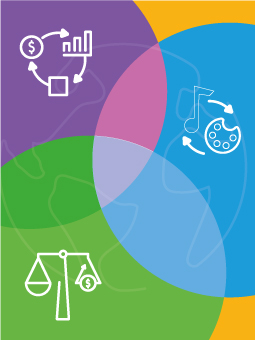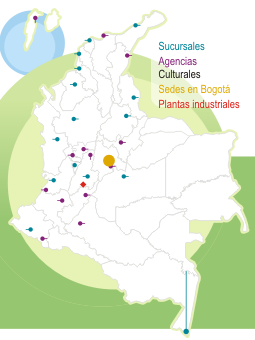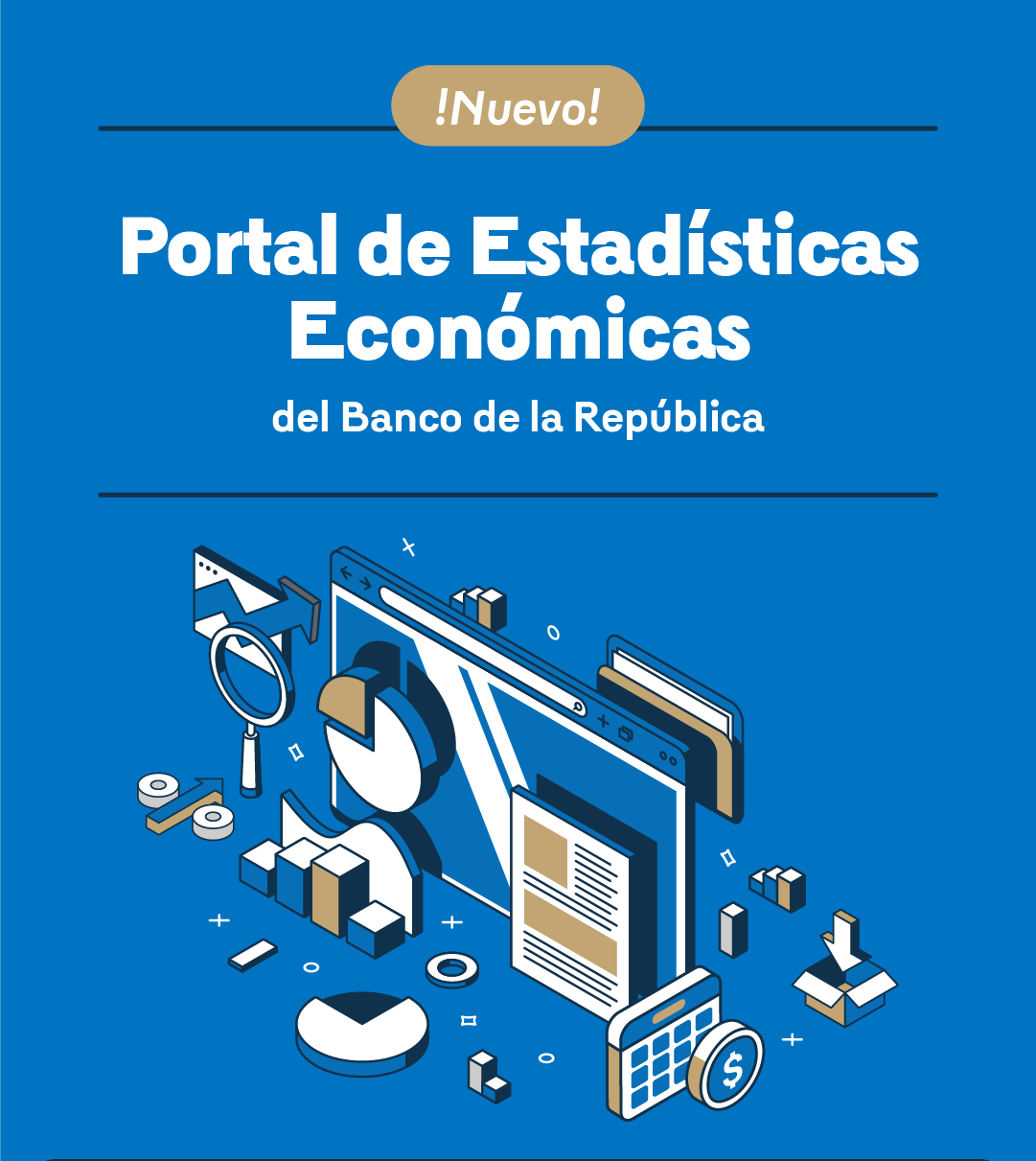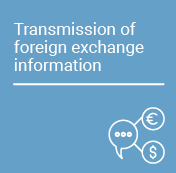Essays on Economic Policy (ESPE in Spanish) - What do Surveys Tell us About the Formation of Inflation Expectations?
En la revista Ensayos sobre Política Económica (ESPE) divulgamos los resultados y las propuestas de política que surgen de investigaciones académicas realizadas en el Banco de la República. Cuando nos lea, tenga siempre presente que el contenido de nuestros artículos, así como los análisis y conclusiones que de ellos se derivan, son exclusiva responsabilidad de sus autores. El material divulgado en nuestra revista ESPE no compromete ni representa la opinión del Banco de la República ni la de su Junta Directiva.
In the journal Ensayos sobre Política Económica - ESPE - we disclose the results and policy proposals that arise from academic research carried out at the Banco de la República. When you read us, always keep in mind that the content of our articles, as well as the analyzes and conclusions derived from them, are the sole responsibility of their authors. The material disclosed in our ESPE magazine does not compromise or represent the opinion of Banco de la República or that of its Board of Directors.
Approach
This Ensayos Sobre Política Económica (ESPE in Spanish) paper is framed within the area of macroeconomic literature that studies the expectation formation process. Under an inflation targeting scheme, expected inflation plays a central role in the analysis of monetary policy and its effect on output. For the Central Bank, it is relevant to study the behavior of inflation expectations since these reflect the credibility and effectiveness of the monetary authority in achieving its main policy objective, which is to keep inflation stable and within the target range.
Contribution
The paper provides a broad and rigorous overview of the economic literature on the study of the formation of inflation expectations. For this purpose, it uses the expectations surveys conducted by Banco de la República (the Central Bank of Colombia - Banrep) and other entities in the country and abroad in order to analyze their statistical and economic properties for Colombia. The hallmark of this research paper is that it not only uses consensus expectations but also those of individual agents in order to take advantage of the existing heterogeneity.
Initially, the predictive capacity of expectations is analyzed using different sources, sectors and economic agents. Afterwards, it is studied whether Banrep's macroeconomic forecasting models are improved by including inflation expectations from surveys as additional sources of information. Then, it is established whether there are differences in the formation of inflation expectations between economic analysts and price-setting agents. Subsequently, it is analyzed whether inflation expectations at different time horizons, by agents and economic sectors, converge to the inflation target set by Banrep. Then, it is studied whether the average or median of individual expectations are a good estimator of aggregate expectations. Finally, it is examined whether economic analysts efficiently revise their inflation expectations upon receiving new information.
“In an inflation targeting scheme, such as the one operating in Colombia, inflation expectations captured by surveys provide information to Banco de la República on society’s credibility in the established inflation target.”
Results
Expectations surveys and Banrep's dynamic stochastic general equilibrium (DSGE) models complement each other when making inflation forecasts. There is no statistical evidence that the surveys have better (or worse) predictive ability compared to DSGE models. By including survey expectations as additional information in forecasting models, moderate gains are obtained in terms of inflation predictive ability only over long-term horizons. Furthermore, no evidence shows differences in the formation of inflation expectations between economic analysts and price-setting agents. Looking deeper into the anchoring of expectations, the evidence suggests that they converge to the target set by Banrep. However, there are some slight differences among agents, economic sectors, and surveys.
There is evidence of disagreement and bias in the aggregate expectation. This could be due to the heterogeneity of the agents, so it is not advisable to use the average of the surveys as an indicator of future inflation. The paper corrects expectations for bias and scale and finds that those resulting from optimal combinations are a promising alternative in terms of their forecasting ability. Finally, the results suggest that most forecast revisions are weakly efficient, i.e., contemporaneous revisions do not appear to be related to past revisions. On the contrary, when assuming forecasters that include many empirically relevant variables, in most cases, variables are found to affect the process of revising expectations, resulting in little evidence in favor of efficiency in the strong sense.










































